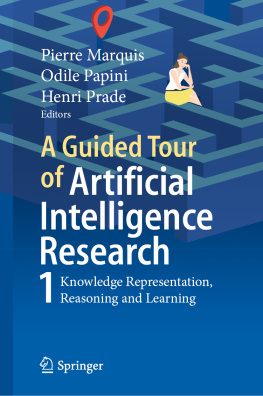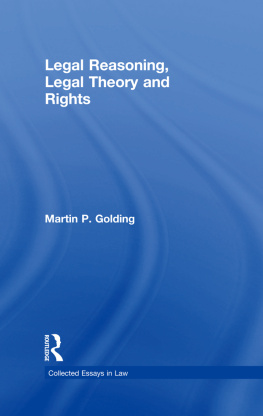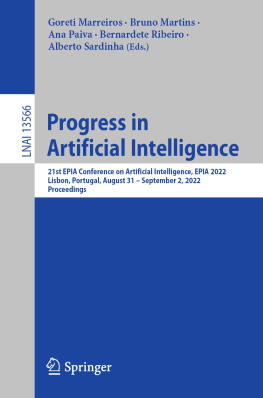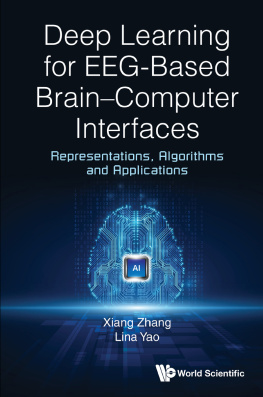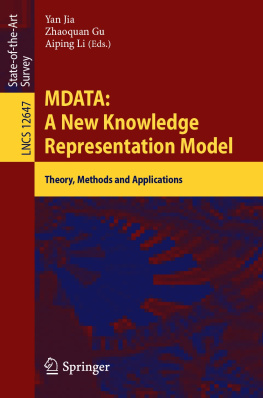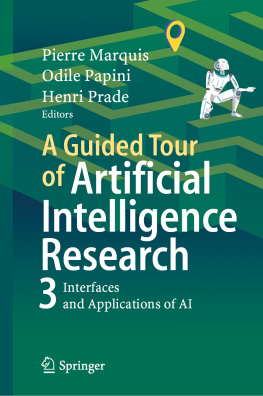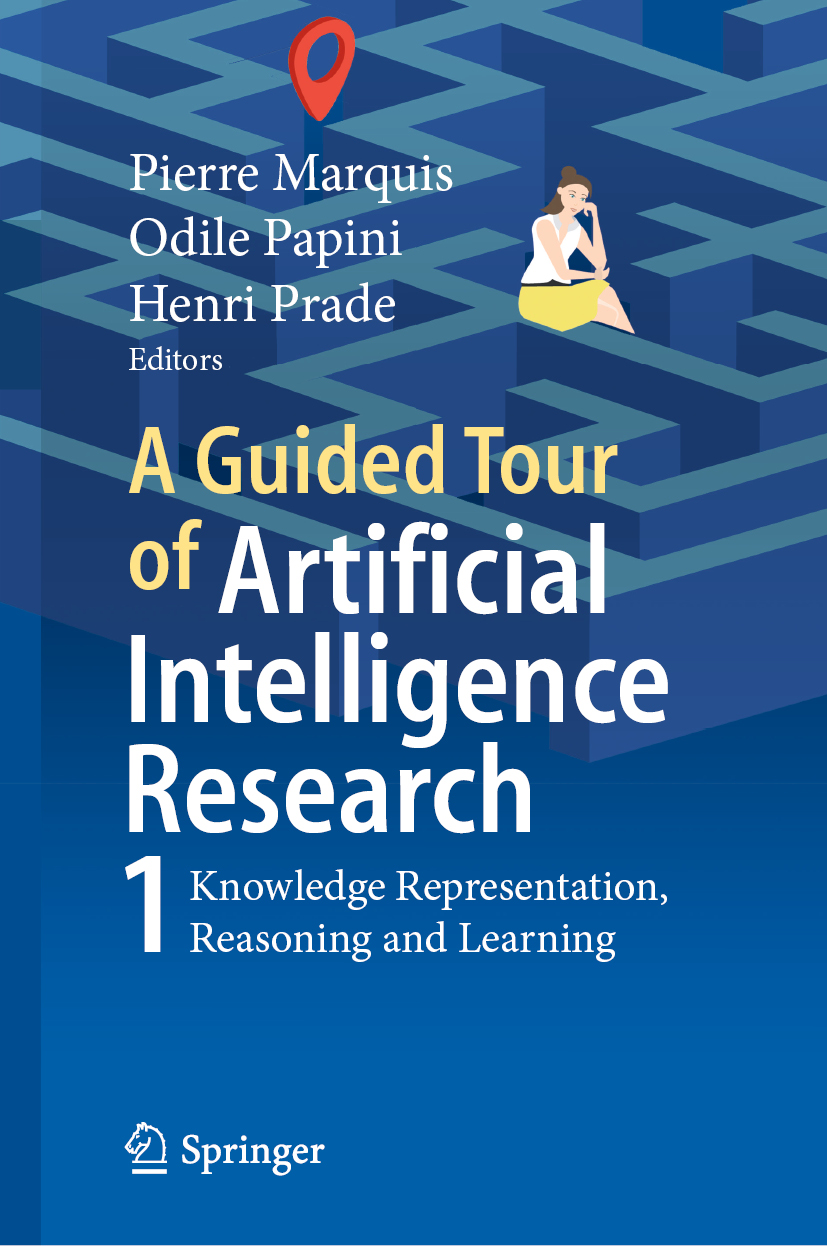Pierre Marquis (editor) - A Guided Tour of Artificial Intelligence Research: Knowledge Representation and Reasoning: Volume I: Knowledge Representation, Reasoning and Learning
Here you can read online Pierre Marquis (editor) - A Guided Tour of Artificial Intelligence Research: Knowledge Representation and Reasoning: Volume I: Knowledge Representation, Reasoning and Learning full text of the book (entire story) in english for free. Download pdf and epub, get meaning, cover and reviews about this ebook. year: 2019, publisher: Springer-Nature New York Inc, genre: Romance novel. Description of the work, (preface) as well as reviews are available. Best literature library LitArk.com created for fans of good reading and offers a wide selection of genres:
Romance novel
Science fiction
Adventure
Detective
Science
History
Home and family
Prose
Art
Politics
Computer
Non-fiction
Religion
Business
Children
Humor
Choose a favorite category and find really read worthwhile books. Enjoy immersion in the world of imagination, feel the emotions of the characters or learn something new for yourself, make an fascinating discovery.
- Book:A Guided Tour of Artificial Intelligence Research: Knowledge Representation and Reasoning: Volume I: Knowledge Representation, Reasoning and Learning
- Author:
- Publisher:Springer-Nature New York Inc
- Genre:
- Year:2019
- Rating:3 / 5
- Favourites:Add to favourites
- Your mark:
A Guided Tour of Artificial Intelligence Research: Knowledge Representation and Reasoning: Volume I: Knowledge Representation, Reasoning and Learning: summary, description and annotation
We offer to read an annotation, description, summary or preface (depends on what the author of the book "A Guided Tour of Artificial Intelligence Research: Knowledge Representation and Reasoning: Volume I: Knowledge Representation, Reasoning and Learning" wrote himself). If you haven't found the necessary information about the book — write in the comments, we will try to find it.
The purpose of this book is to provide an overview of AI research, ranging from basic work to interfaces and applications, with as much emphasis on results as on current issues. It is aimed at an audience of master students and Ph.D. students, and can be of interest as well for researchers and engineers who want to know more about AI. The book is split into three volumes:
- the first volume brings together twenty-three chapters dealing with the foundations of knowledge representation and the formalization of reasoning and learning (Volume 1. Knowledge representation, reasoning and learning)
- the second volume offers a view of AI, in fourteen chapters, from the side of the algorithms (Volume 2. AI Algorithms)
- the third volume, composed of sixteen chapters, describes the main interfaces and applications of AI (Volume 3. Interfaces and applications of AI).
Implementing reasoning or decision making processes requires an appropriate representation of the pieces of information to be exploited. This first volume starts with a historical chapter sketching the slow emergence of building blocks of AI along centuries. Then the volume provides an organized overview of different logical, numerical, or graphical representation formalisms able to handle incomplete information, rules having exceptions, probabilistic and possibilistic uncertainty (and beyond), as well as taxonomies, time, space, preferences, norms, causality, and even trust and emotions among agents. Different types of reasoning, beyond classical deduction, are surveyed including nonmonotonic reasoning, belief revision, updating, information fusion, reasoning based on similarity (case-based, interpolative, or analogical), as well as reasoning about actions, reasoning about ontologies (description logics), argumentation, and negotiation or persuasion between agents. Three chapters deal with decision making, be it multiple criteria, collective, or under uncertainty. Two chapters cover statistical computational learning and reinforcement learning (other machine learning topics are covered in Volume 2). Chapters on diagnosis and supervision, validation and explanation, and knowledge base acquisition complete the volume.
Pierre Marquis (editor): author's other books
Who wrote A Guided Tour of Artificial Intelligence Research: Knowledge Representation and Reasoning: Volume I: Knowledge Representation, Reasoning and Learning? Find out the surname, the name of the author of the book and a list of all author's works by series.

